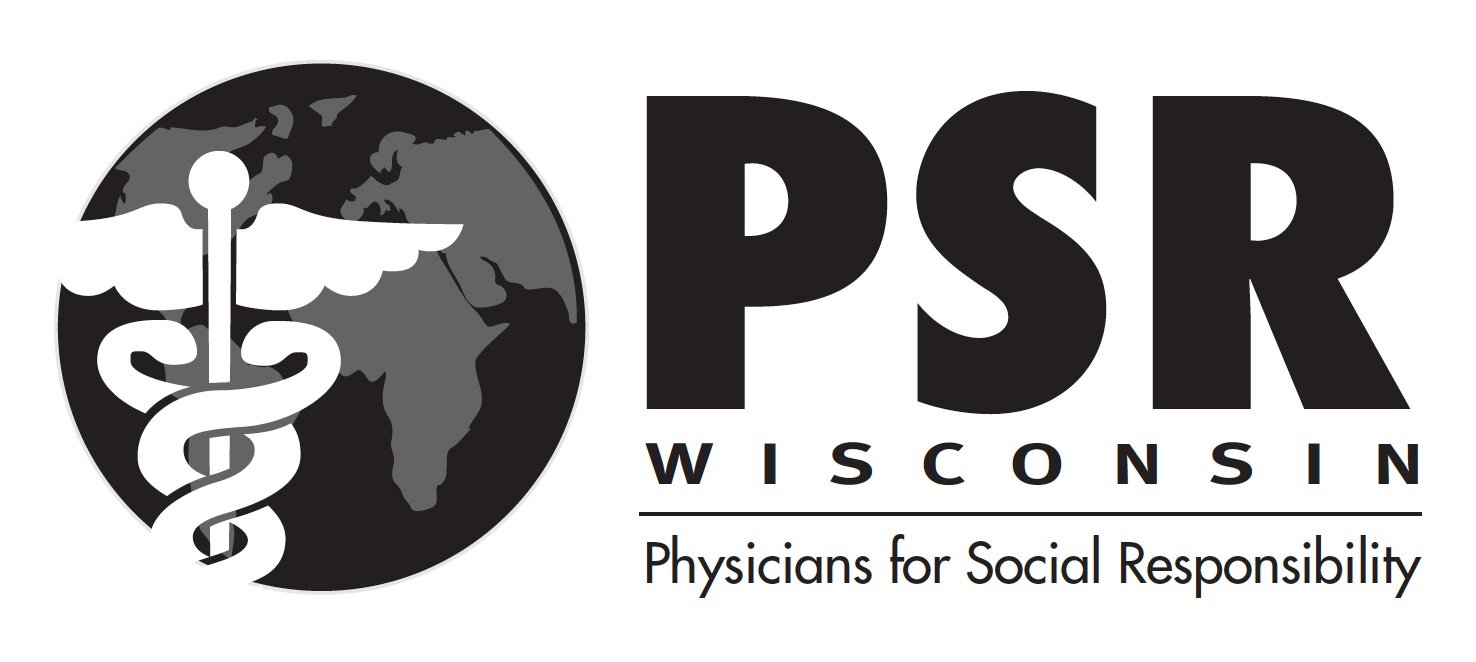Fracking Risks
The Environmental Science & Technology Journal found:
8% of the methane from fracking operations escapes into the atmosphere—twice the amount that conventional oil-drilling operations produce.
Shale gas, commonly exported in a liquid form, produces 20% more greenhouse gas emissions than domestically consumed gas produces.
Fracking accounts for 27% of global recoverable gas, with gas demand increasing at a rapid rate.
The Environmental Protection Agency (EPA) has warned that fracking can result in “air pollution resulting from the release of volatile organic compounds, hazardous air pollutants, and greenhouse gases.”
Researchers studying fracking found:
“Maternal exposure to chemicals via inhalation or ingestion of contaminated air, water and foods can adversely affect developing fetuses…Living within 10 miles of a natural gas well was associated with increased risk of congenital heart and neural tube defects.”
In 2013, a group of researchers studying workplace safety visited 11 fracking sites to collect air samples. They found that 79% of the samples exceeded the recommended amount (0.05 mg) and one third of the samples contained such a high amount of silica that the respirators worn by workers did not provide sufficient protection.
In 2016, OSHA issued a report documenting the risk of silicosis for workers of fracking operations. They identified seven different potential ways in which workers could become exposed to silica during the fracking process.
In 2016, researchers from Yale University studied the reproductive effects of 126 chemicals used in fracking fluid, such as lead and mercury. They found that, of the 126 chemicals, 103 (82%) were “associated with adverse reproductive effects.”
That same year, the EPA found that fracking can lead to contamination of drinking water resources.




